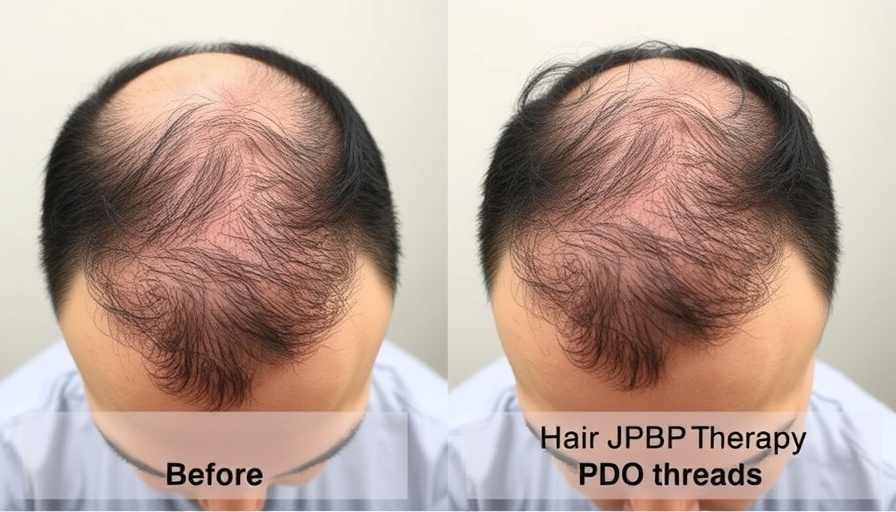
Understanding Hair Loss: Causes and Solutions
Hair loss can be a frustrating experience, often linked to genetics, stress, hormonal changes, and even dietary deficiencies. It's a common issue that many face but understanding its causes is the first step toward effective treatment. By addressing the underlying reasons for hair loss, whether it’s through lifestyle changes or medical interventions, individuals can take charge of their scalp health and encourage hair growth.
In 'Stop Hair Loss Before It Gets Worse #shorts', the discussion highlights critical insights on hair loss treatment and restoration, fueling our deeper analysis of effective solutions.
Top Hair Restoration Techniques to Consider
For those grappling with hair loss, various treatments exist, ranging from non-invasive methods to more advanced procedures. Popular hair restoration options include:
- Platelet-Rich Plasma (PRP) Therapy: This treatment uses the patient's blood to encourage healing and stimulate hair follicles, proving effective for several types of hair loss.
- Follicular Unit Extraction (FUE): A minimally invasive hair transplant surgery where individual follicles are extracted and implanted, offering a natural-looking solution.
- Laser Hair Therapy: Low-level laser therapy is used to stimulate hair growth and is a good non-surgical option for many.
Stepping Towards Solutions
If you notice signs of hair loss, it’s crucial to act promptly. Consulting with a dermatologist can help determine the right course of action based on your specific needs. Whether it’s adopting a specific hair loss treatment or focusing on maintaining scalp health, the sooner you start, the better the outcomes can be.
In summary, hair loss might feel overwhelming, but the range of available treatments offers hope. Taking proactive steps toward understanding and addressing your condition can significantly impact your journey to restoring your hair.



Write A Comment